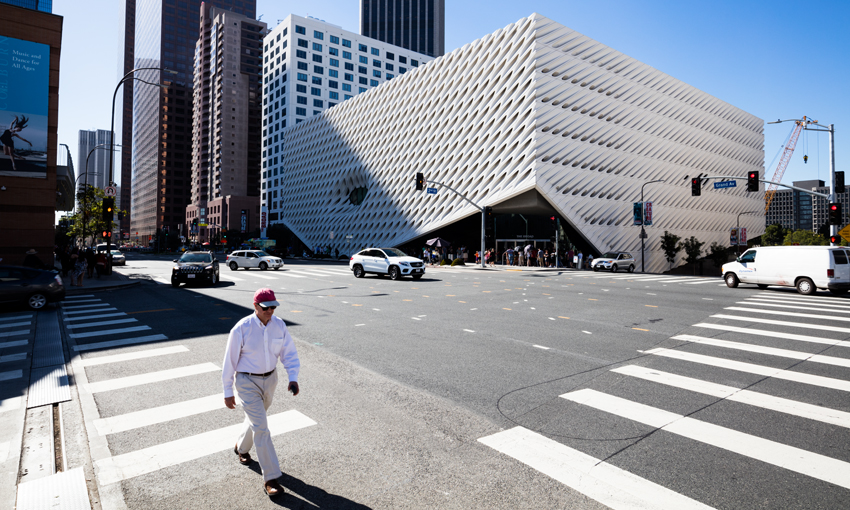Amid the finalists announced today for the Adelaide Contemporary design competition, Farrin Foster sees potential for the realisation of the Adelaide arts scene's great white hope of engaging a new generation of audiences.
Art isn’t just for the old (and white and wealthy)
A couple of years ago, I went to see The James Plays at Adelaide Festival.
The show was long – certainly more than three hours – although I can’t remember the exact duration.
The Adelaide Contemporary will be a new art institution located on the oRAH site. It is currently the subject of an international design competition, and the shortlist for that competition was announced today.
At the start of the play, I drank a glass of wine, and then I placed the plastic cup on the ground near my feet.
A couple of times during the many-hour play, I accidentally stepped on the cup (I am particularly un-coordinated), and it made the horrible sound that hard plastic makes when it’s breaking.
I felt bad each time, but not nearly as bad as I did when – after the play – the woman sitting in front of me stood up, turned and looked directly into my eyes, and then addressed her companion –
NB – I hate the use of added emphasis in writing – it’s so often lazy writing. But there really is no other way to express how this woman was speaking to me/not to me.
“It was a good play, except that somebody thought it would be funny to play with their glass the whole time.”
Under her contempt-filled gaze, I went completely to water. I was transported immediately back to every moment of terror I’d felt as a child trying to work out if I was going to be included or excluded in a new environment. I turned away quickly because tears had sprung into my eyes, and scuttled out of the Festival Centre – toward a soothing something in a (totally not plastic, crackle-free) glass on Leigh or Peel or Gresham, where I knew I was allowed to be.
I’m very lucky that I’m familiar with theatre. My Grandad took me to see shows as a child, I’ve studied it, and even spent some highly ill-advised time on stage. Had I not already known the theatre as a place where I belonged, that woman’s words could easily have stopped me from ever returning.
And these experiences abound in the arts. There’s plentiful galleries where signage is scarce, the space is rabbit-warren-like, and anyone you ask for help looks at you with derision. Then there’s the insistence of every orchestra to stick by a black tie dress code for performers – a fashion that feels a lot more familiar to people over the age of 50 than those in the under-30s bracket.
Often, the arts does not feel like a place for the uninitiated. And that doesn’t only affect younger people, it also affects pretty much anyone who is not white and of a privileged enough background to have grown up in these spaces.
When I was in Los Angeles a couple of years ago, I visited The Broad museum. The multi-million dollar institution had been open for about 12 months, and still there was a line of people – mostly young people – waiting in the blaring LA sun to enter.
There was no blockbuster exhibition on, and the institution’s founding director Joanne Heyler told me that the line was a permanent fixture. She also told me they had worked intensely with the building’s architects and staff to deconstruct the language of an art institution and reconstruct it in a way that made sense to younger visitors.
Those architects – Diller Scofidio + Renfro (DS + R) – are part of one of the six teams announced in the short list of the Adelaide Contemporary design competition this morning.
There’s a lot of talented people in that short list, and many of them are local. Khai Liew is in there. But the inclusion of DS + R is significant for me because it sparks a hope that maybe, as Adelaide creates new institutions, we can also create a new way of treating audiences who don’t fit the typical art-going mould.
Maybe as we build a new building, we can also build a new, much more welcoming, attitude.




